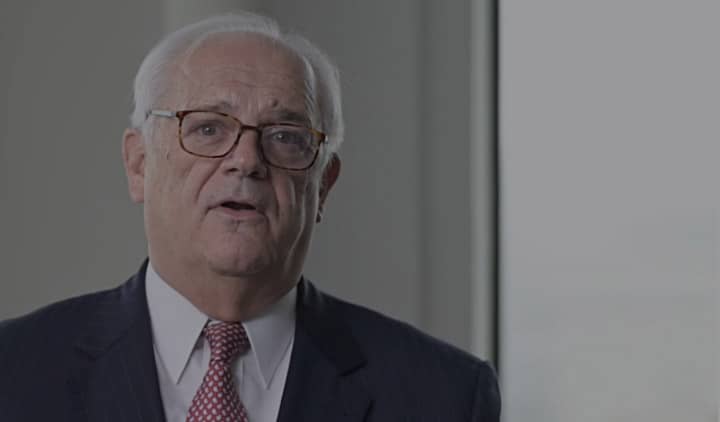San Francisco is a popular city for skateboarders. Many come from around the country to skate the city’s legendary hills, while others are residents who use skateboards instead of cars to get around in busy traffic. It is no surprise, therefore, those skateboard-vehicle collisions are rather common.
In 2015, the OTS reported that traffic accidents injured and killed 822 pedestrians in San Francisco. Unfortunately, negative stereotypes against skateboarders often lead to unfair dealings – even if the skateboarder wasn’t at fault for the accident. As a San Francisco skateboarder, learn your rights to protect yourself against traffic citations and unfunded liability for a personal injury accident. Start here.
The Right to Ride on San Francisco’s Streets
California state law permits local authorities to adopt their own skateboarding laws. It is legal for skateboarders to ride on the streets, bikeways, and public bicycle paths in San Francisco, if they ride non-motorized skateboards and avoid business districts. Riders under the age of 18 must wear federally-approved helmets at all times, according to Vehicle Code Section 21212. Skateboarders 18 and older can ride in the street without wearing helmets; however, failure to wear a helmet could result in comparative fault for injuries in a personal injury case.
A fine for failure to wear a helmet as a minor comes with a $25 ticket in San Francisco. Skateboarders of all ages must wear helmets and pads at certain skateparks. It is important to note that the city of San Francisco prohibits riding a skateboard of any kind (motorized, non-motorized, or electric) in the streets, sidewalks, or bike paths within a business district. In other words, skateboarders cannot skate on the streets or sidewalks in the bustling downtown area of the city. Skateboarders also cannot ride on non-business district sidewalks at night.
Starting 30 minutes after sunset and ending 30 minutes before sunrise, skateboarders cannot use non-business district sidewalks. This is for the safety of pedestrians walking at night, who may not be visible to oncoming skateboarders. It is illegal to skateboard in any public transit station. It is also illegal to skateboard where it is “prohibited,” including South Beach Park, the Arboretum, the Japanese Tea Garden, Conservatory Valley, Rincon Park, and Yerba Buena Gardens.
Rules for Electric Skateboards
You cannot lawfully ride a motorized skateboard anywhere in San Francisco. However, an electric skateboard is different from a motorized skateboard. Assembly Bill 604 defines electric skateboards and differentiates them from motorized boards. An electric skateboard uses electric power, not gasoline. It is less than five feet long and 18 inches wide. It averages less than 1,000 watts and can reach a maximum speed of 20 miles per hour on a flat, paved surface. You must follow the following rules to operate an electric skateboard in San Francisco:
- Be at least 16 years old
- Wear a bicycle helmet
- Use a white headlight, red rear reflector, and white/yellow reflectors on each side of the board to ride at night
- Wear a white light on the front side, a red reflector on the rear side, and white/yellow reflectors on each side on your person to ride at night
- Only ride on roads, sidewalks, and paths where the speed limit is 35 miles per hour or less
- Must not surpass 15 miles per hour on public bicycle paths, highways, sidewalks, or bikeways
It’s important to understand your rights as a San Francisco skateboarder. That way, you can protect yourself from unfair liability in the event of a collision. Despite being a vulnerable road user, skateboarders often take the blame for traffic accidents due to a negative stigma surrounding the sport. California is a comparative fault state, meaning the courts could reduce your recovery award if it finds you partially at fault for disobeying a citywide law. After an accident, hire an attorney to represent your case for the best odds of full compensation.


